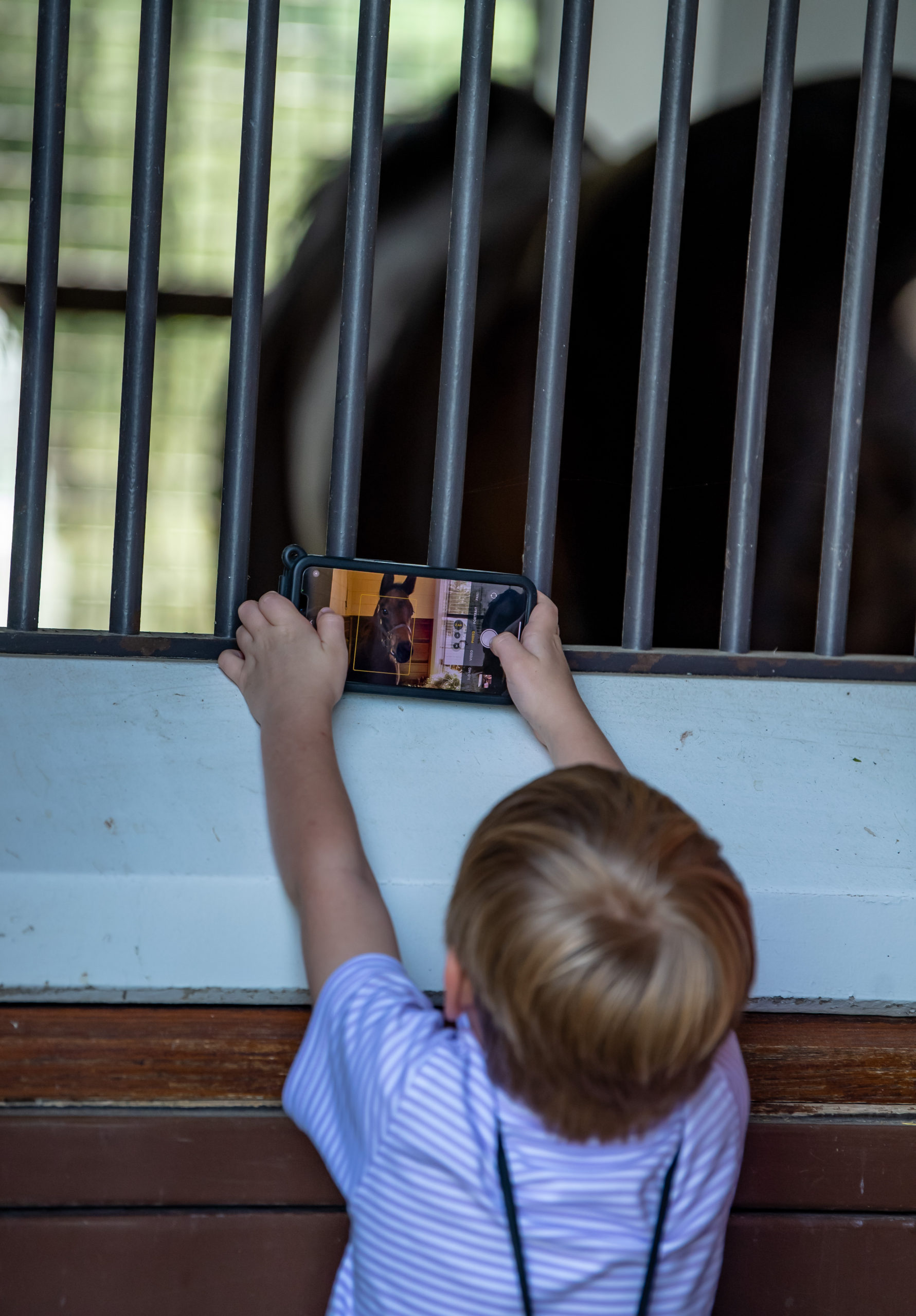If you’re on social media in any capacity, you know there are plenty of platforms to choose from when looking into which is best for your business. But not every platform is right for your business.
The four points below are things are what I discuss with new clients before deciding which accounts are best for their needs. I’m the one running their social media but it’s representing their business and goals so making sure we’re focusing on the areas they want to reach is important.
1) Know Your Goals – It’s okay to have a few different goals for your business and what you want to accomplish on social media but different goals can mean also mean considering different approaches for each platforms. Don’t worry, this doesn’t mean you can’t cross post content on your platforms and have to come up with absolutely new ideas for each site. But it does mean that you have to be flexible on what you post. Knowing what you’re trying to accomplish with your social media and which approach works best where is important when considering the platforms you’d like to start an account on.
One of my clients has a few different goals so I’ve switched up her strategy depending on which social media site we’re posting on. Her Twitter and Facebook is more geared to people already in the industry but she also wants to reach a younger crowd than we may be seen by on those two platforms. Because that was a major goal for her, I also have her on Instagram and TikTok. Her TikTok is much different than anything you’ll find on her other platforms because it an app where you’ll get the most reach by following popular trends. Things that may seem out of place on Twitter fit right in on TikTok while most things I post on Twitter would likely fall flat on her TikTok.
@juliegomenaracing Two years after Risk Taking won the G3 Withers Stakes before running in the @PreaknessStakes, the Medaglia d’Oro son is showing he may have just as much talent over the jumps as he did on the flat! @marylandjockeyclub #CapCut #racehorse #Thoroughbred #horsetrainer #equestrian #horseracing #horsesofinstagram #steeplechasing #JulieGomenaRacing #horsetraining ♬ original sound – Julie Gomena Racing
2) Age of Your Customers – While each platform has a large age range of users, each has a specific group it mainly attracts so you need to figure out which group(s) you want to target.
For example, according to Statista, men between 25 and 34 are the biggest audience on Facebook worldwide – making up 17.6 percent of its audience while Hootsuite points out that women in that age group spend more time on Instagram. If you’re trying to reach a slightly older crowd, Business of Apps reports that Twitter’s biggest audience last year was 35-44.
Different demographic information is available on Google so if you’re interested in starting an account on a platform, I highly recommend putting in a few minutes of research to see who you’ll be reaching.
3) Content You’ll Be Able to Produce – It’s easy to want to jump into all the platforms but you have to be honest with the content you’ll be able to produce. If you can’t consistently record videos, TikTok won’t work for you. Ditto photos and Instagram (though, as I’ve said in other blogs – you need some sort of visual to really stand out on any social media). Before signing up for any account, really do a deep dive into your business and come up with a few ideas for social media that you know you can execute. That will help you decide which platforms are best for you.
Riverdee Stable is well represented at @JumpingwithNSA and point-to-point meets this weekend with five runners entered to run between Saturday and Sunday. pic.twitter.com/mQE854Ea4d
— Riverdee Stable/Clancy Bloodstock (@RiverdeeStable) March 31, 2023
4) What Content You Want to Produce – Knowing what you CAN produce is much different than what you WANT to produce. Sure, you may be able to go out to the barn and easily make videos but is it something you see yourself doing all the time? Are you going to be able to make those videos unique every time you shoot a new one
Running social media is obviously a business but if you’re not happy with what you’re creating, you’ll be doing more harm than good. Social media is a long game, not a short one, so if you don’t feel like you can stay interested in doing a certain thing for months or years, it’s likely best not to even start. Consistency goes a long way on social media, so while trying new things is great, you also need to make sure you’re not going from one extreme to another all the time. Go ahead and follow popular social media trends but be aware of how each trend fits into your business model.
Once you’ve narrowed down your social media platform choices, I recommend coming up with a social media plan before you set up the account(s). It doesn’t have to be incredibly in-depth at first (remember, social media is consistently changing so flexibility is important) but just writing an outline with your ideas and a few rough-draft posts under each will play a big part in helping your account be successful long term.
If you aren’t sure where to start on getting social media accounts up and running, Pyrois Media offers both social media consulting and management services. Email Melissa@PyroisMedia.com for more

